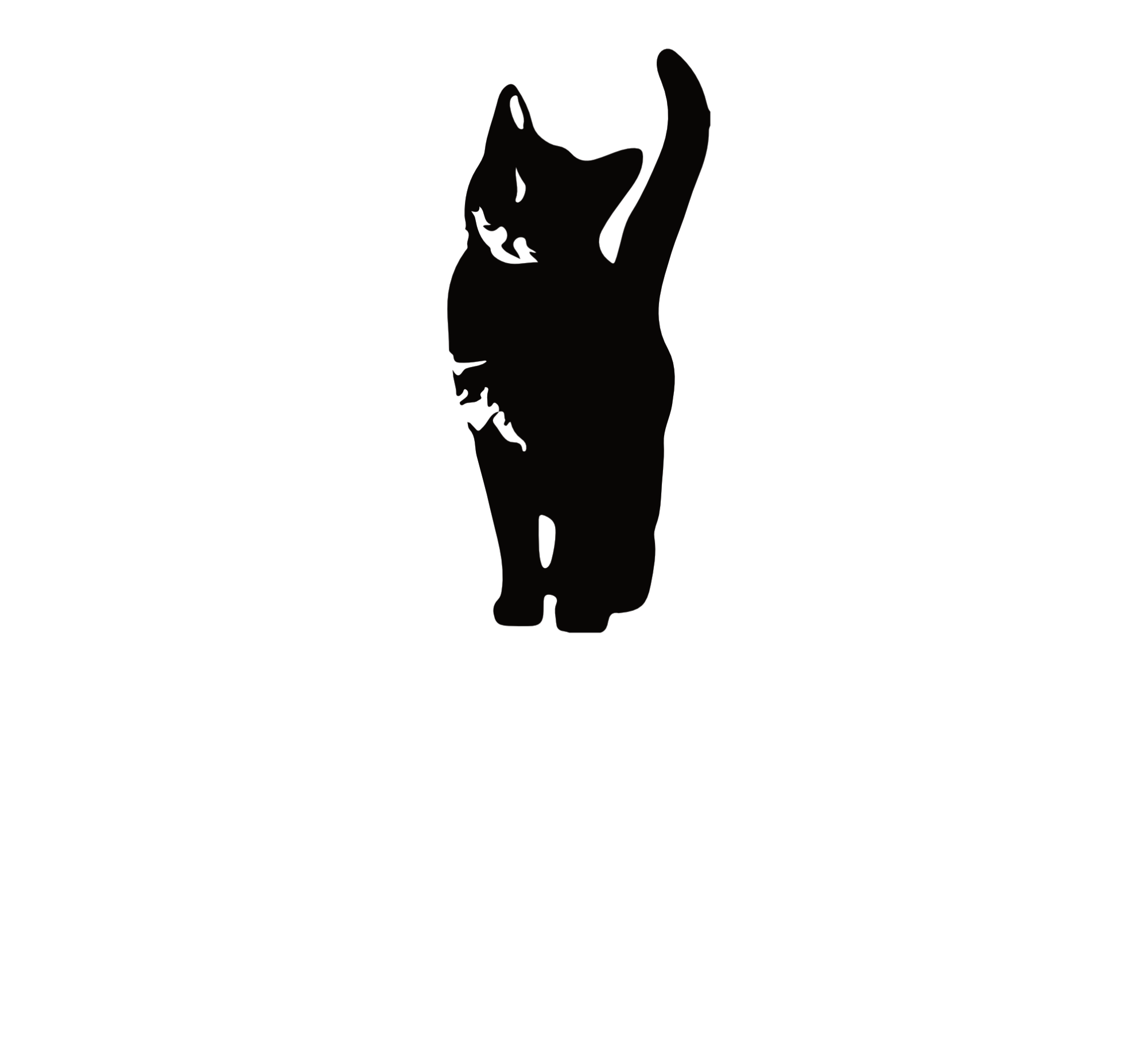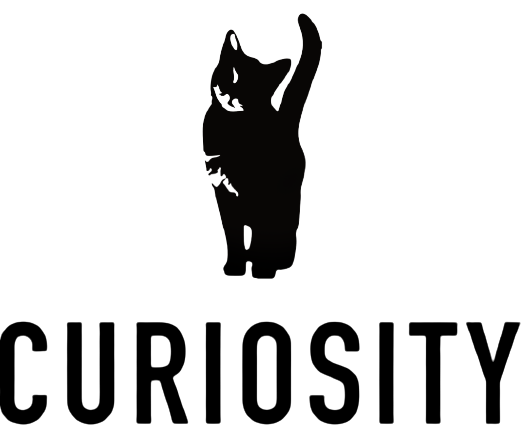“Hey Dave, I want to do some focus groups in Chicago.”
The number of times I’ve heard this statement from my clients eclipses the number of socks I’ve lost in the dryer. My standard response is: “Ok <insert client name>, so why do you want to do this <insert methodology>?”
Sometimes I suspect the client really digs Chicago-style, deep-dish pizza and wants an excuse to get on a plane and gnosh, so I press further for real reasons to do the research. This is when the hard work begins. You’ll never achieve a research goal that you can’t articulate. Research goals start by identifying the underlying business goals.
Consumer research is much like creative development, in that it looks straightforward and is simple to do. People immediately want to roll up their sleeves and create a survey or focus-group guide. They want to design the approach for shopping ethnographies or the layout for product testing. That’s only natural. These are nice, tangible activities and, let’s face it, most people want to tackle nuts and bolts and quickly move on.
I strongly encourage restraint. The most important step in conducting good research without wasting money is to focus intently on the business problem you are trying to solve. Once that is specified and agreed upon, everything else fits easily into place.
Getting a client to articulate the business problem – and, if it’s a large organization, getting everyone to agree to it – is one of the most challenging tasks for a modern-day consumer researcher.
Here are legitimate, well-articulated business problems that need solutions:
- Why are people defecting from my service/product?
- How do I sell more of my service/product?
- Which groups like my service/product and which groups don’t?
- What is the optimum configuration of my product for a given group of potential customers?
- How does my product/service compare to others?
- Why don’t they like my service/product?
- Who is my competition?
- Are there enough people who like my idea to make it worth doing?
Depending on the industry, there are many ways to solve these problems. Some involve conducting primary research. Other methods use a wealth of readily-available data; sometimes data that is free. Most use a fusion of multiple sources of data to create a clear and compelling story.
After we nail the business problem, the next useful exercise is to use the Backward Research Process. In concept, BRP is very simple. It goes like this: Imagine we have collected all the data, cleaned it, and integrated it. It’s deliverable and ready to go. What are three to five compelling slides or illustrations we would want to show?
By creating a ghost deck – that is, a presentation with no data, or fictitious data – we can clear the fog to reach the next level of abstraction. Now you have the business question nailed and have visuals for the presentation. This will drive your entire research methodology and keep away the meddlesome interlopers who want to tinker with aspects of the research process.
For folks on internal research teams, this approach is also very helpful in confirming your internal client’s expectations of results. The conversation might look like this with your internal clients:
Neophyte Researcher: “Hey Chief, is this what you had in mind?”
Executive: “My god man, you did the research already; you are super-human and deserve a promotion immediately!”
Neophyte Researcher: “Oh no, that’s just a mock ghost deck that I created using the backward research process, so I can determine if I am hitting the mark on expectations.”
Executive: “Well done. That’s exactly what we want to find out. Have a donut!”
This approach has the added bonus, in the case of survey research, of not having to endure the dreaded survey review. If you are unfamiliar with this painful sadistic process, it involves a researcher sitting in a room with 12 other stakeholders arguing about whether you should word a question as “prompt initial greeting” or just “initial greeting” for several hours. Not a good use of anyone’s time.
If you hire good researchers, the client – whether internally or externally – should never have to even look at the survey. The researcher has already done his or her homework to document both the objective and the outcome in advance. Once you have that done…it’s all deep dish from there!



